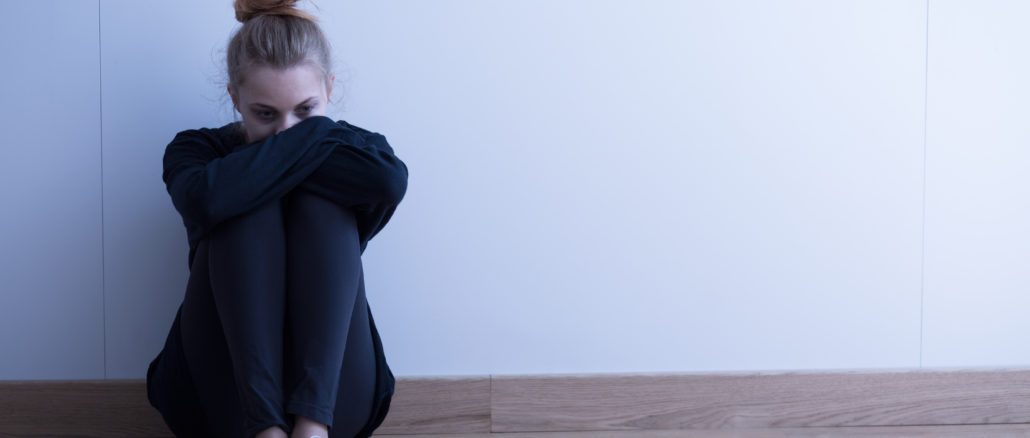
Many of us have children in our lives, one way or another, which is why the new statistics released on youth suicide are heartbreaking.
New research which will send a shiver down all parents’ spines shows that suicide rates and self harm among young Australians are at their highest level in 10 years.
This is despite a range of prevention strategies and investment from government.
The report, carried out by youth mental health service Orygen, has found the system is not working and a new suicide prevention strategy for young people is needed.
The report coincides with the suicide of Year 7 Aspley State High School student Tyrone Unsworth. His Mum said he recently took his own life after years of bullying at school.
Jo Robinson, head of Orygen’s suicide prevention research, said of the current system: “We’re clearly not getting things right.
“We really lack national leadership when it comes to youth suicide prevention.
“So despite a lot of investment, despite a lot of talk at government level … we really need a reinvigorated approach to youth suicide prevention.”
Suicide statistics listed in the research showed:
- Suicide rates for 15 to 24-year-olds at the highest rate in 10 years.
- A third of all deaths of young men are due to suicide.
- 41,000 young people aged 12-17 have made a suicide attempt.
- Twice as many 15 to 19-year-old women died by suicide than in 2005.
- Suicide rates have increased for children under the age of 14.
- One-quarter of women aged 16-17 years old have self-harmed.
- Aboriginal and Torres Strait Islander, LGBTIQ, seriously mentally ill youth are at high risk.
The report highlighted that although suicide rates among young men were still higher than women, female suicide rates had doubled over the past 10 years.
It also found youth suicides were twice as likely to happen in clusters than adult suicides and that Aboriginal and Torres Strait Islander youth and youth in regional and remote Australia were most at risk.
The rise in suicide rates has also been mirrored by a rise in self-harm, according to the report, with hospitalisations for self-poisoning among women spiking in recent years.
Dr Robinson said the issue was not being taken seriously by the community and health services.
“We know one of the myths around self-harm is that young people who engage in self-harm are really attention-seeking and what we would say is that is absolutely not the case,” she said.
She said young people who self-harmed had reported being pepper-sprayed by emergency services, being sutured without pain relief and had received negative responses from health services.
“Self-harm in young people is often a risk factor for future suicide,” Dr Robinson said.
“The behaviour needs to be taken seriously.”
If you or someone you know needs help, call:
- Lifeline on 13 11 14
- Kids Helpline on 1800 551 800
- MensLine Australia on 1300 789 978
- Suicide Call Back Service on 1300 659 467
SheSociety is a site for the women of Australia to share our stories, our experiences, shared learnings and opportunities to connect.

Leave a Reply